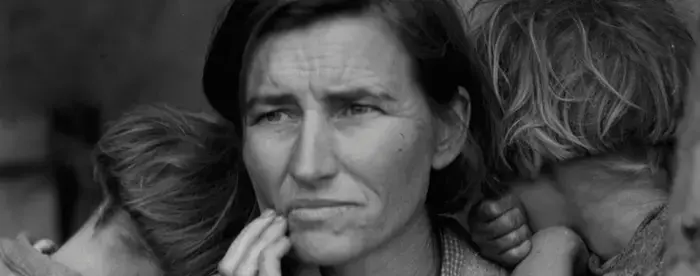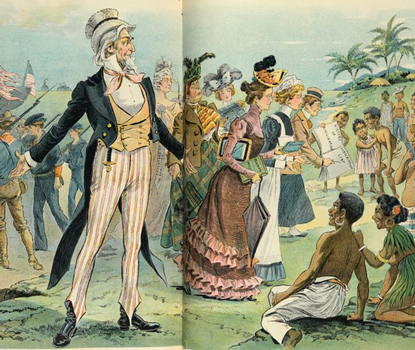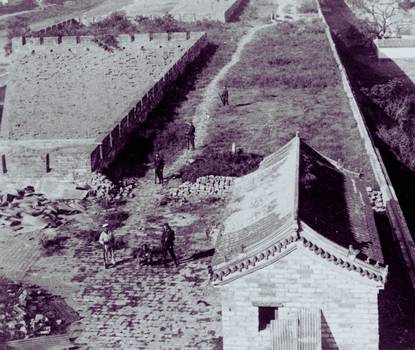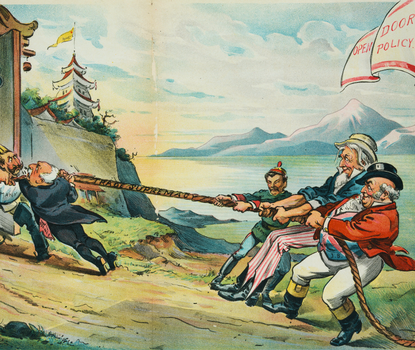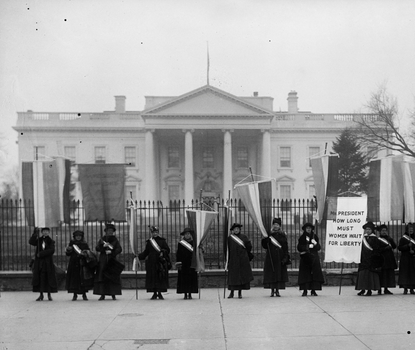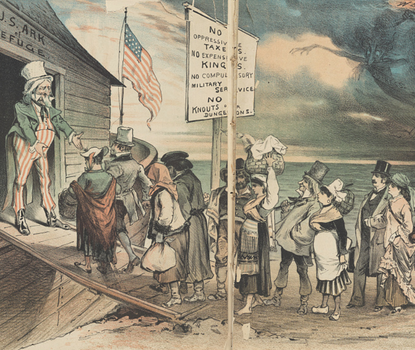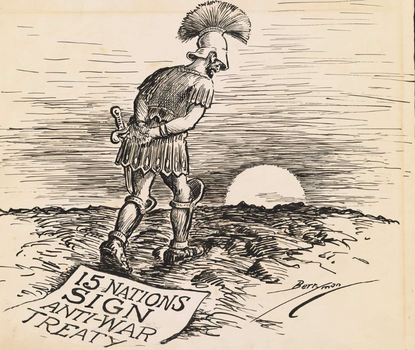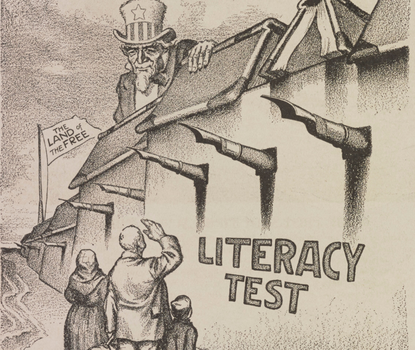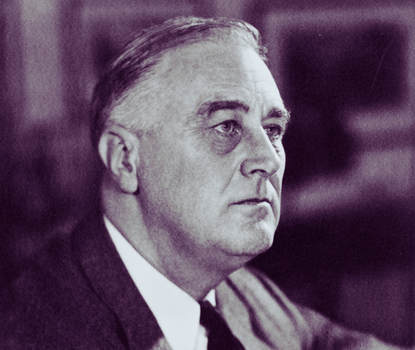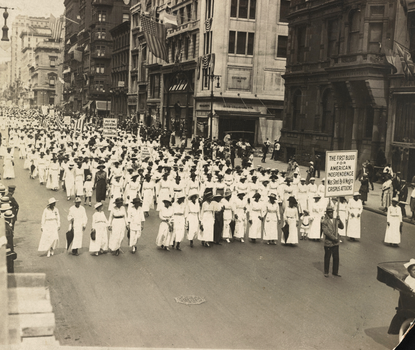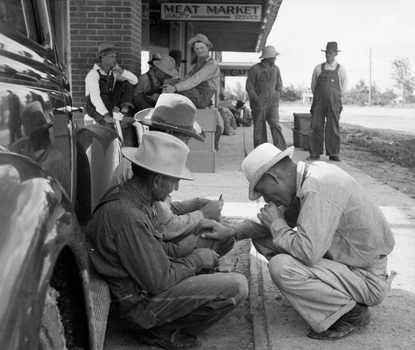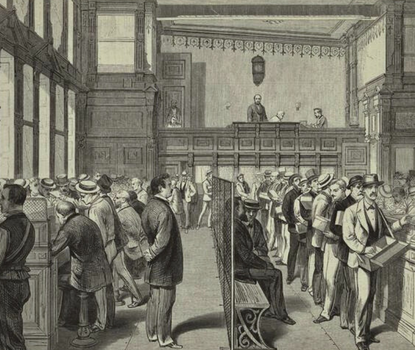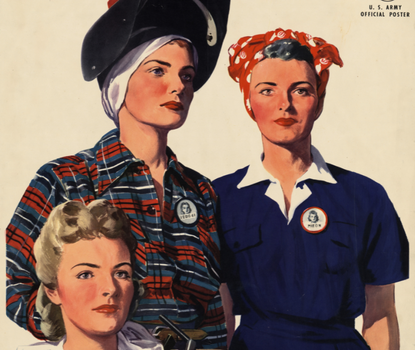An increasingly pluralistic United States faced profound domestic and global challenges, debated the proper degree of government activism, and sought to define its international role. Topics may include
- Debates over Imperialism
- The Progressive Movement
- World War I
- Innovations in Communications and Technology in the 1920s
- The Great Depression and the New Deal
- World War II
- Postwar Diplomacy
Image Source: Destitute pea pickers in California. Mother of seven children. Age thirty-two. Nipomo, California, a photograph by Dorothea Lange taken in 1936 when she was working for the Resettlement Administration. (Library of Congress)
